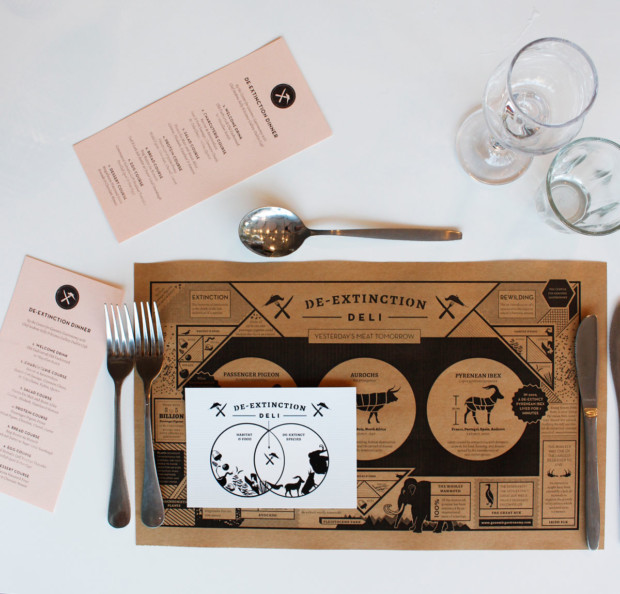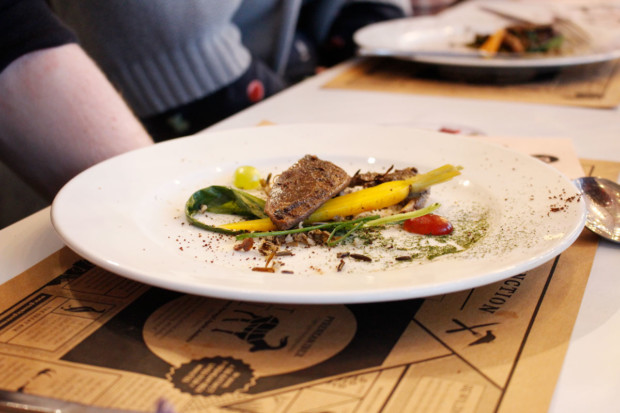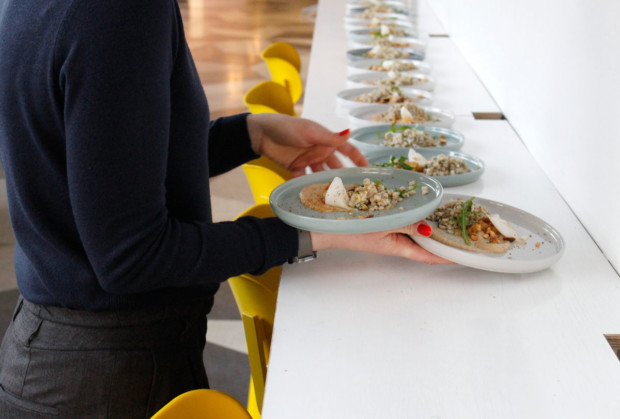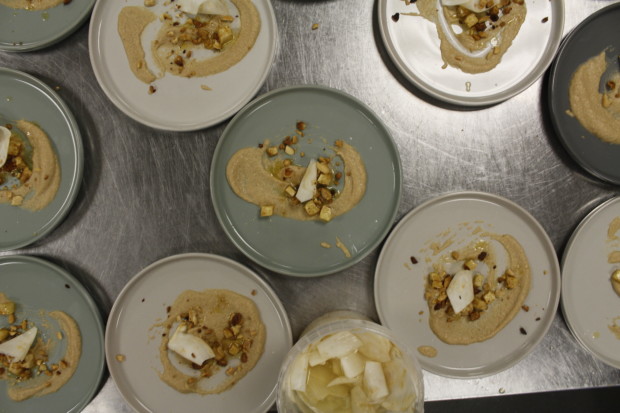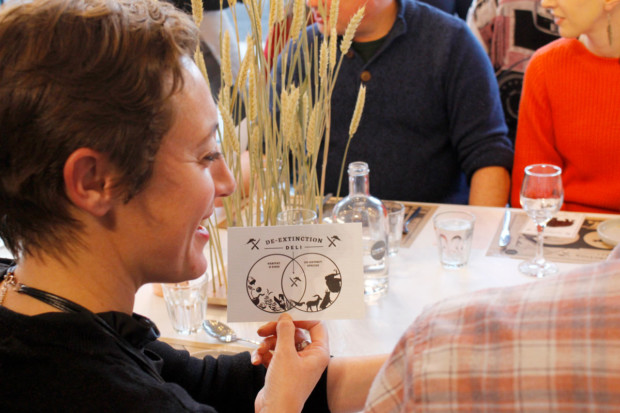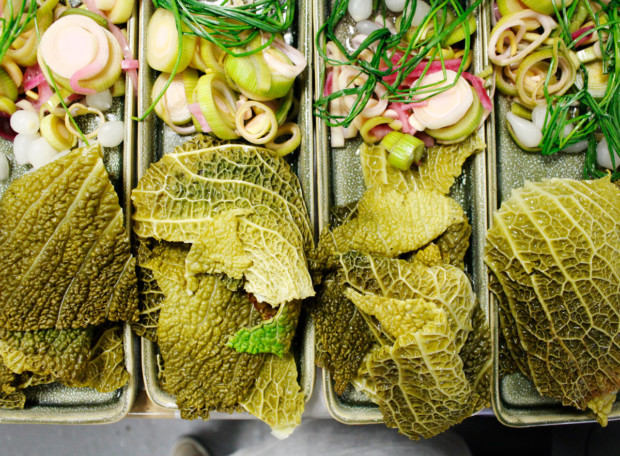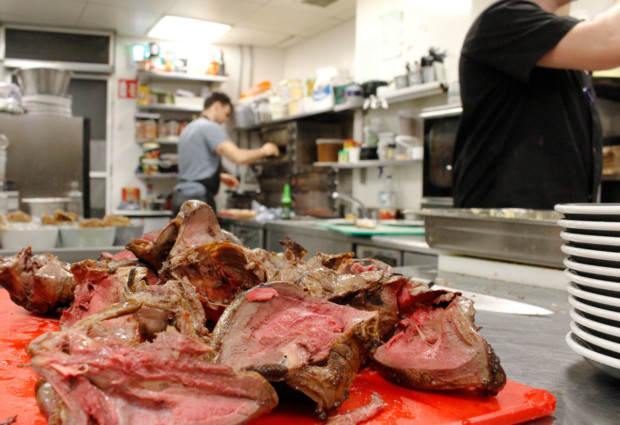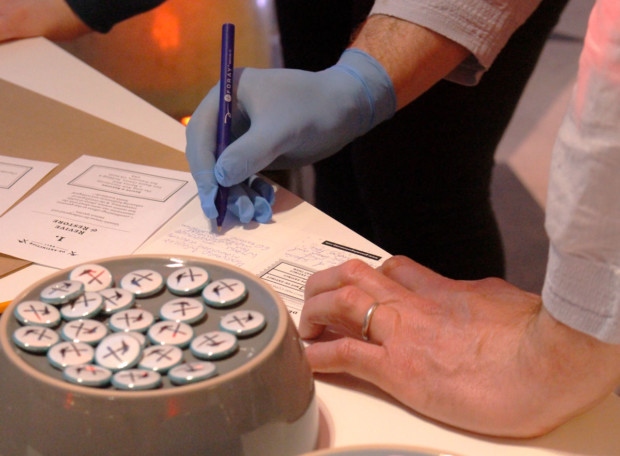De-Extinction Dinner is an eating experience that highlights the emerging technologies, risks & outcomes of the movement to revive, rear and possibly eat, extinct species.
What are the emerging technologies, risks and outcomes of the growing movement to bring back extinct species? If we brought back these species what would they taste like and would they be fake or a copy of the real thing? This dinner looks at the difficult science -— and challenging ethics — of resurrecting extinct species from recovered bits of their DNA. Featuring adjusted expiration dates and tall tales from chefs that will braise the dead.
Held at the Science Gallery, Dublin cafe on April 13, 2018 in collaboration with Chef Andrew Kelly
—
Q: If we do de-extinct animals where should they live? Should they remain in labs (unviewable by the public), put in zoos where they can be maintained, or rewilded? What if the landscapes where they exist no longer exists? Might we want to create edible landscapes where we and our de-extinct cousins can both eat from?
—
What are the emerging technologies, risks and outcomes of the growing movement to bring back extinct species? If we brought back these species what would they taste like and would they be fake or a copy of the real thing? This dinner looks at the difficult science -— and challenging ethics — of resurrecting extinct species from recovered bits of their DNA. Featuring adjusted expiration dates and tall tales from chefs that will braise the dead.
QUESTIONS
De-Extinction Dinner
—
1. (FOOD) PRESERVATION. Agricultural species can be consumed even after they phased out. (In this case in an aged Scotch). Food technology preserves older species (to be consumed at a later date).
.
2. EXTINCT FLAVOURS. Is barley variety crucial to whisky flavour? If so are you tasting an essentially extinct flavour. (TASTE MATTERS)
.
3. RADIATION BREEDING. Miln Golden Promise Barley is actually a radiation-bred variety.
.
“It’s always amusing when people refer to Golden Promise barley as traditional. It’s a variety that was created in the ’60s by bombarding barley with gamma rays to bring about random mutations in its DNA. If that technology was still in use it would immediately be banned by FoE, The Soil Association and the Scottish Government.” (1)
.
A. RESPONSIBILITY If we create new domesticated varieties of plants and animals and we stop growing / raising them does that count as extinction?
.
B. AGRICULTURAL RESPONSIBILITY Is Agricultural Biodiversity as important as “wild type” biodiversity?
.
C. STORAGE Is it enough to just store the genetic material / germplasm, or does it need to be living, even if that means actively maintaining?
.
D. INTEREST IN NON-ANIMALS (Why) do we only care about charismatic megafauna? Should we try to revive & restore organisms from other kingdoms?
